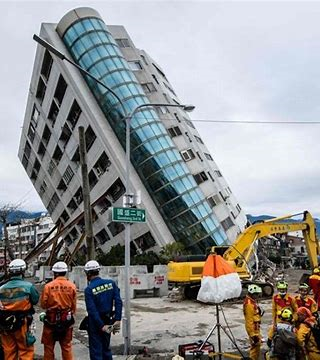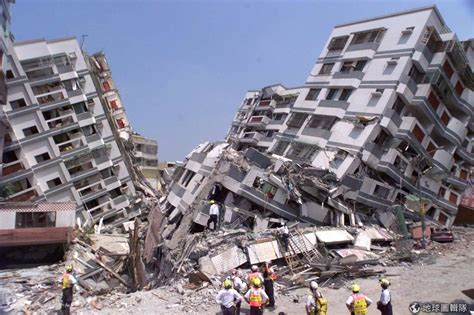Structural Safety?
- Manoj Mittal

- Jun 4, 2023
- 4 min read
Updated: Dec 6, 2024
Being a Civil/Structural engineer, structural safety particularly of buildings and other civil engineering structures is always on my top of minds. I always believe that it should be top priority of everyone as people must be at least concerned with safety of themselves and their dear ones. Technical knowledge to ensure such safety of structures do exist and easily available in academic textbooks, research papers, national standards, code commentaries, handbooks, guidelines , manuals, specifications ,building bye laws & other government notifications & circulars. Fundamentals of these aspects are necessarily part of engineering curriculum all over the world. These are also discussed in several conferences and workshops. Online information/tutorials are also available on YouTube and other platforms. Many professional Institutions also conduct refresher courses and awareness programs. Governments also run such campaigns from time to time (although not adequately ). Local/State Governments in most countries are also mandated to ensure structural safety.
Does it mean structures being constructed or the ones existing as of now are safe? To my mind answer to this question is simply “NO” . I just tried to search the internet to get the data on structural failures in various countries but could not find any reliable compiled data. However, one study says that a total of 225 building failures in the United States occurred from 1989 to 2000 . It also says that failures of low-rise buildings constitute about 63% of all cases, followed by multi-storey buildings as a distant second. Another study says that in India more than 2130 bridges (excluding culverts and pedestrian bridges) have failed to provide intended service or got collapsed during various phases of construction in recent four decades. The National Crime Records Bureau (NCRB) identifies that a stark 13,473 building collapse cases were reported in India between 2010 and 2014 with an average of seven structures collapsing per day. This staggering data proves that it is a dangerously prominent issue haunting the country. I also got the news of collapse of a under construction bridge in Bihar at the time of writing this piece. This failure was captured on video as well https://www.indiatoday.in/india/story/bihar-bridge-collapse-bhagalpur-khagaria-under-construction-2388754-2023-06-04In India we have witnessed many cataphoric structural failures during natural disasters like cyclones, earthquakes & landslides.
Like me you may have doubt on the accuracy or comprehensiveness of this data. It is not clear what do they mean by structural failure or collapse ? Further source of their data is also not very clear. Majority of the collapses and failures are not reported at all. Data for other parts of the world and for different other type of structures like transmission towers, chimneys, tanks, retaining structures etc. is not readily available to me. However, I know for sure many such collapses in India. Actual numbers would be much higher and staggering. These figures are just the tip of the iceberg. In any case my aim here is not to collect data or analyse it. It is just to make the point that there are collapses happening all over the world. List of major collapses of buildings and bridges is available at various places and experts have also analysed causes of some of it. List of structural failures and collapses - Wikipedia While these studies do provide lessons to be learnt for professionals, but they have their limitations in preventing further failures even the similar ones. Structural failure is not just the failure or collapse of a structure it is also associated with human casualties, injuries, loss of property, disruption of services and psychological consequences. Widespread damages in case of structural failures due to earthquake , cyclone , fire, blast etc may have far reaching consequences even to the economy of a country as well. Damages & consequences due to 2000 Bhuj earthquake in Gujarat, 2015 Nepal earthquake & recent 2023 Turkey EQ are few examples of that.
Above background is enough to conclude that knowledge and technology to prevent and reduce structural failure is available and still structural collapses are very common & rampant particularly in underdeveloped and developing countries like India. It doesn’t mean they don’t occur in developed countries like USA. Recently New York Times published an article highlighting systemic and casual attitude of city authorities in ensuring safety of old garages in New York. This article was triggered by collapse of a garage where two people died under the debris. A Crumbling New York Garage Collapsed. Dozens More Have Similar Problems. - The New York Times (nytimes.com) Few years back there was a collapse of a building in Miami USA Miami’s Surfside Condo Was Flawed and Failing. Here’s a Look Inside. - The New York Times (nytimes.com) . Examples of failures of structures may be found all over the world . However, this survey would also indicate that number of such incidents and loss due to them is much less than that what happens in a country like India. It also has much devastating impact on a country with high population and scarcity of resources.
Well, collapse/ failure of any structure may be attributed to any , some, or all the following :
Poor conceptual configuration, poor geological conditions, flaws in designs & detailing , inferior materials, flaws in construction methodology, poor workmanship or poor quality control , Non adherence to specifications/ codes, poor maintenance, unthoughtful structural additions or alterations , change in occupancy types, Overloading, Keeping it operational over intended service life, Subjected to any additional/new loading ( natural or man-made)not considered in the design, Accidents, Negligence during design & construction, Unethical professional services, corruption, ignorance, incompetence, oversight unawareness, apathy, lack of regulation, Lack of authentic periodic structural audits, lack of systems & procedures and casualness in implementation of the regulations. This list is at all not complete, and you may add many more attributes here.
In our time we were taught to consider safety, functionality & economy as fundamental tenets for any structure and in that order only. Now we have also started advocating to add sustainability & reliability & resilience concepts. Are our priorities changing with time? Why our old structures still performing better despite tremendous advancement in computation techniques, better performing materials, advanced construction equipment’s / technologies & engineers with masters & Doctorates? We need to pause and reflect on all of them for better future for all .
Just a Random Thought.







Comments